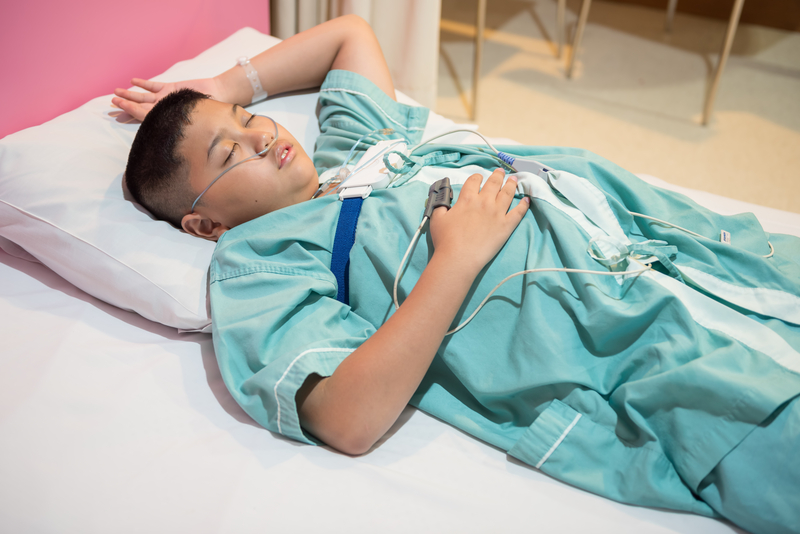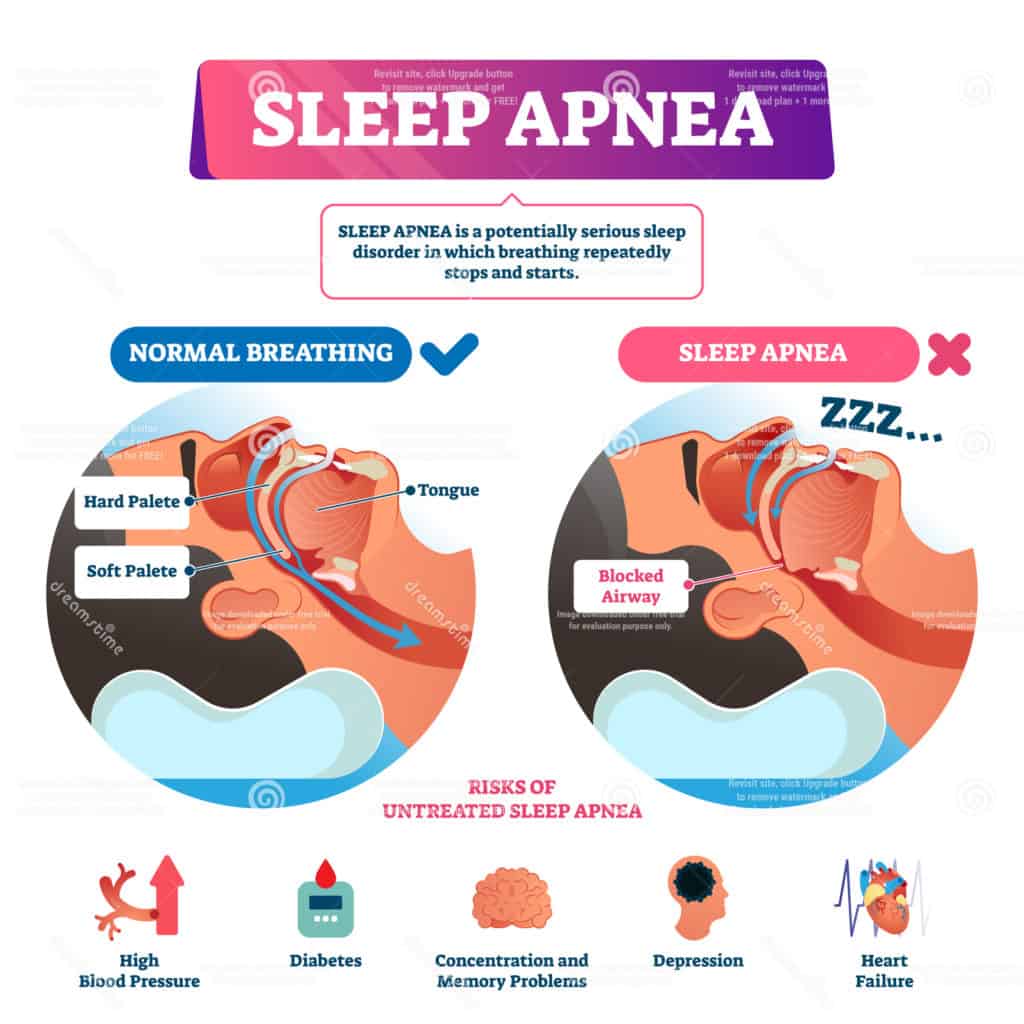
Sleep apnea is a common sleep disorder that affects millions of people worldwide. It is characterized by interrupted breathing during sleep, which can lead to a range of health problems. The best way to diagnose sleep apnea is through a sleep study, which can be done either at home or in a lab. In this article, we will discuss the differences between a home sleep study and a lab sleep study.
Home Sleep Study
A home sleep study, also known as a home sleep test (HST), is a convenient and affordable way to diagnose sleep apnea. It involves using a portable monitor that measures your breathing, blood oxygen levels, and other factors while you sleep in the comfort of your bed.
Home sleep studies are typically recommended for patients who are generally healthy and do not have other medical conditions that could affect the results of the test. These had a huge backlog during covid. And have continued to be most popular among patients.
One of the advantages of a home sleep study is that it is more convenient and comfortable than a lab sleep study. You can take the test in your bed, without having to spend the night in a lab. Home sleep studies are also more affordable than lab sleep studies, as they do not require the use of expensive equipment or the presence of a technician.
However, there are some limitations to home sleep studies. They do not capture as much data as lab sleep studies and are not as accurate. Home sleep studies only test for OSA, while lab studies can test for other sleep disorders as well. This is something to think about if you feel you might also have heart issues.
Lab Sleep Study
A lab sleep study, also known as polysomnography (PSG), is a more comprehensive test that is done in a specialized sleep lab. It involves placing sensors on your head, face, chest, and limbs to record your breathing, muscle, and eye movements, brain wave changes, oxygen levels, blood pressure, and electrical activity of the heart (EKG).
Lab sleep studies are more accurate than home sleep studies and can diagnose a wider range of sleep disorders, including central sleep apnea, narcolepsy, periodic limb movement disorders, and parasomnias.
One of the advantages of a lab sleep study is that it provides more detailed data than a home sleep study. This allows doctors to make a more accurate diagnosis and develop an effective treatment plan.
However, there are some disadvantages to lab sleep studies. They are more expensive than home sleep studies and require you to spend the night in a lab. This can be inconvenient and uncomfortable for some people.
Often someone has come to me with their sleep study and been in total denial about the test results. Saying something like “ I didn’t sleep at all”. The truth is you probably sleep very poorly but you did sleep a bit. And that’s all it takes. Sleep apnea is easier to diagnose than the common cold.
Conclusion
In conclusion, both home sleep studies and lab sleep studies have their advantages and disadvantages. A home sleep study is more convenient and affordable but may not be as accurate as a lab sleep study. A lab sleep study provides more detailed data but is more expensive and requires you to spend the night in a lab. Both are dependent on making sure the test is performed correctly.
If you think you may have sleep apnea or another sleep disorder, it is important to talk to your doctor or healthcare provider about your options. They can help you determine which type of test is best for you based on your individual needs and circumstances.
dreamstime_s_96366739



